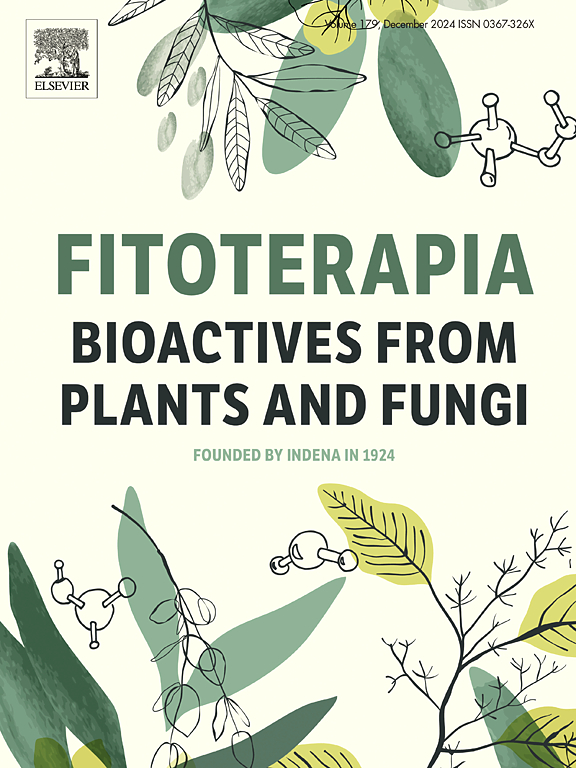Harnessing The Role Of Rubiadin in Cancer: Current Scenario And Future Perspectives
IF 2.6
3区 医学
Q3 CHEMISTRY, MEDICINAL
引用次数: 0
Abstract
The World Health Organization (WHO) has declared cancer to be among the top four global causes of mortality, emphasizing the importance of early detection and effective treatment. It highlights the importance of creative therapeutic methods, particularly in studying natural substances with anti-cancer properties. Chemotherapeutic agents are associated with a risk of re-occurrence and serious adverse effects. Herbal medicines are known for better efficacy and tolerability with reduced adverse effects. Anthraquinones are introduced as a class of compounds with potential anticancer properties. Rubiadin, an anthraquinone, is obtained from natural and synthetic sources. This review highlights various aspects of rubiadin, starting with its natural sources and diverse applications detailing its chemical structure and analogues. Insights into synthetic pathways are provided, offering a comprehensive view of the compound beyond its chemical structure. The structural properties of rubiadin, including pharmacokinetics and molecular mechanisms underlying rubiadin's anticancer effects, providing a comprehensive mechanistic perspective, are outlined. Pre-clinical studies on rubiadin are systematically summarized, emphasizing the scientific methodology employed in these investigations. In conclusion, the review emphasizes the multifaceted potential of rubiadin as a natural anti-cancer agent and encourages further research and development of this compound.

利用红宝石素在癌症中的作用:目前的情况和未来的展望
世界卫生组织(世卫组织)已宣布癌症是全球四大死亡原因之一,强调了早期发现和有效治疗的重要性。它强调了创造性治疗方法的重要性,特别是在研究具有抗癌特性的天然物质方面。化疗药物与复发和严重不良反应的风险相关。草药以其更好的疗效和耐受性以及更少的副作用而闻名。蒽醌类化合物是一类具有潜在抗癌特性的化合物。红宝石素是一种蒽醌,可从天然和合成来源中获得。本文综述了红宝石素的各个方面,从其天然来源和多种应用开始,详细介绍了其化学结构和类似物。提供了对合成途径的见解,提供了超越其化学结构的化合物的全面视图。本文综述了红宝石素的结构特性,包括红宝石素抗癌作用的药代动力学和分子机制,提供了一个全面的机制视角。系统总结了红宝石素的临床前研究,强调了这些研究采用的科学方法。综上所述,本文强调了红宝石素作为一种天然抗癌药物的多方面潜力,并鼓励其进一步研究和开发。
本文章由计算机程序翻译,如有差异,请以英文原文为准。
求助全文
约1分钟内获得全文
求助全文
来源期刊

Fitoterapia
医学-药学
CiteScore
5.80
自引率
2.90%
发文量
198
审稿时长
1.5 months
期刊介绍:
Fitoterapia is a Journal dedicated to medicinal plants and to bioactive natural products of plant origin. It publishes original contributions in seven major areas:
1. Characterization of active ingredients of medicinal plants
2. Development of standardization method for bioactive plant extracts and natural products
3. Identification of bioactivity in plant extracts
4. Identification of targets and mechanism of activity of plant extracts
5. Production and genomic characterization of medicinal plants biomass
6. Chemistry and biochemistry of bioactive natural products of plant origin
7. Critical reviews of the historical, clinical and legal status of medicinal plants, and accounts on topical issues.
 求助内容:
求助内容: 应助结果提醒方式:
应助结果提醒方式:


